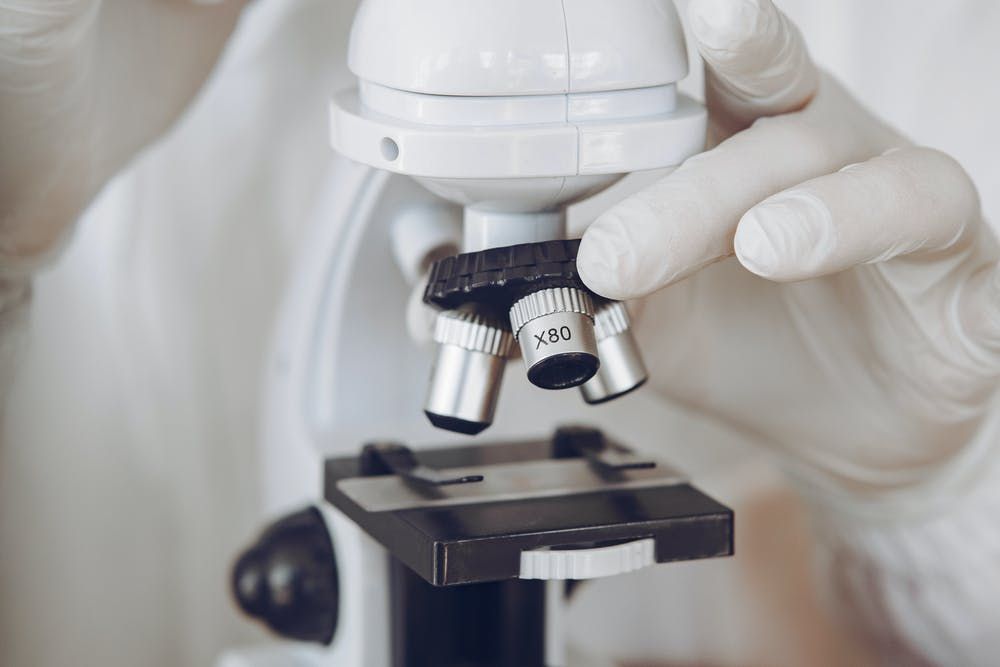How SARS-CoV-2 Evades Immune Responses
Defining recurrent, convergent, patterns of adaptation of viruses can provide better predictive potential.

In a recent study published in the journal Science, investigators from the University of Pittsburgh School of Medicine demonstrate how the coronavirus disease 2019 (COVID-19) eludes responses initiated by the immune system by selectively deleting tiny portions of its genetic sequence.
The deletions of code take place in a part of the sequence that encodes for how the spike protein is shaped. Due to this, the neutralizing antibody is not able to grab onto the virus. Additionally, because the mechanisms which usually catche these types of errors is blind to the sequence that is gone, it becomes cemented in the strain’s genetic material.
"You can't fix what's not there," Paul Duprex, director of the Center for Vaccine Research at the University of Pittsburgh and senior author on the study said. "Once it's gone, it's gone, and if it's gone in an important part of the virus that the antibody 'sees,' then it's gone for good."
The neutralization-resistant deletions were first discovered in an immunocompromised patient who ultimately died from the virus, but was infected for 74 days before hand. This is a long time to have the infection, which provided plenty of time for the virus to mutate. Investigators than moved to see if the deletions in the viral genome were occurring elsewhere throughout the world.
After looking over a database of SARS-CoV-2 sequences that was collected from sources all over the globe, the team noticed that deletions were following a pattern and were appearing in the same spot in the genetic sequence. The area where they were occurring was allowing the virus to change its shape without losing the ability to invade cells and replicate.
"Evolution was repeating itself," Kevin McCarthy, an assistant professor of molecular biology and molecular genetics at the University of Pittsburgh said. "By looking at this pattern, we could forecast. If it happened a few times, it was likely to happen again."
The strain that was identified in the Pittsburgh patient was still susceptible to neutralization by a treatment with convalescent plasma. However, the evidence uncovered may show that the virus will escape therapies in the future, although it’s impossible to know when.
"Going after the virus in multiple different ways is how we beat the shapeshifter," Duprex said. "Combinations of different antibodies, combinations of nanobodies with antibodies, different types of vaccines. If there's a crisis, we'll want to have those backups."


















